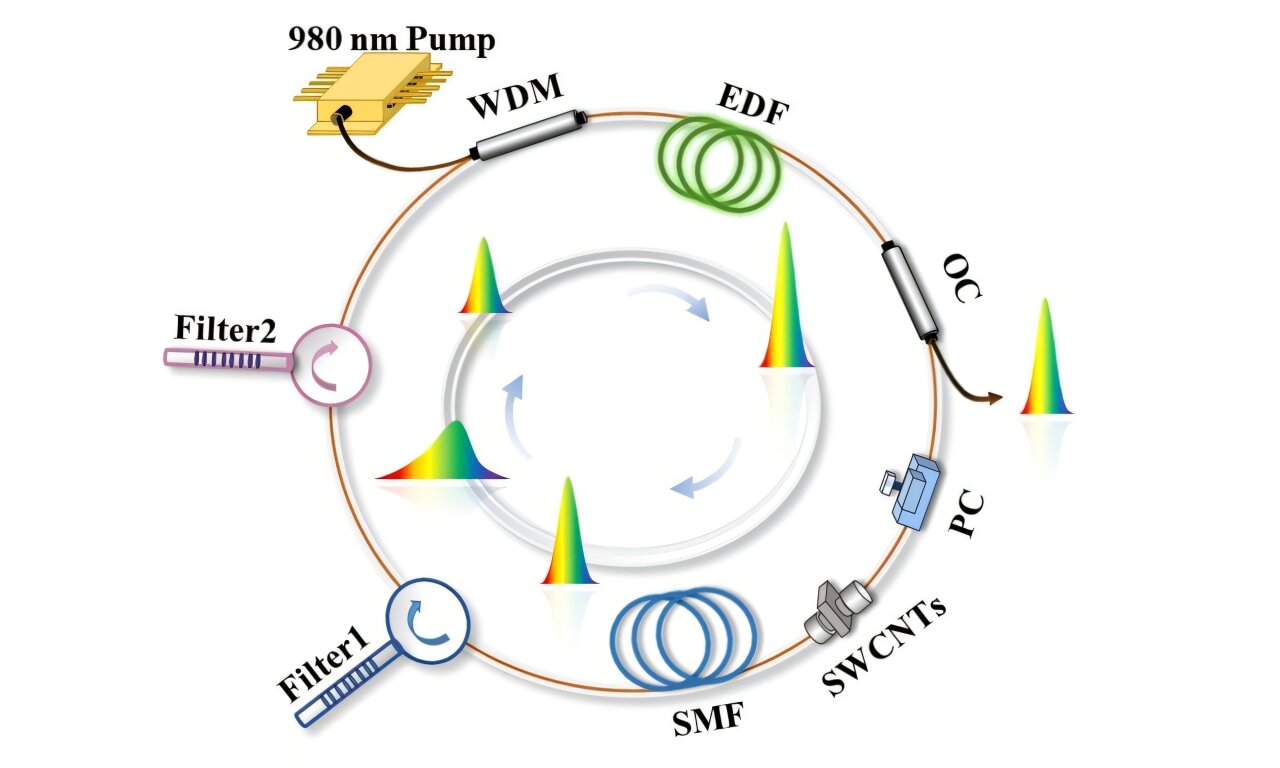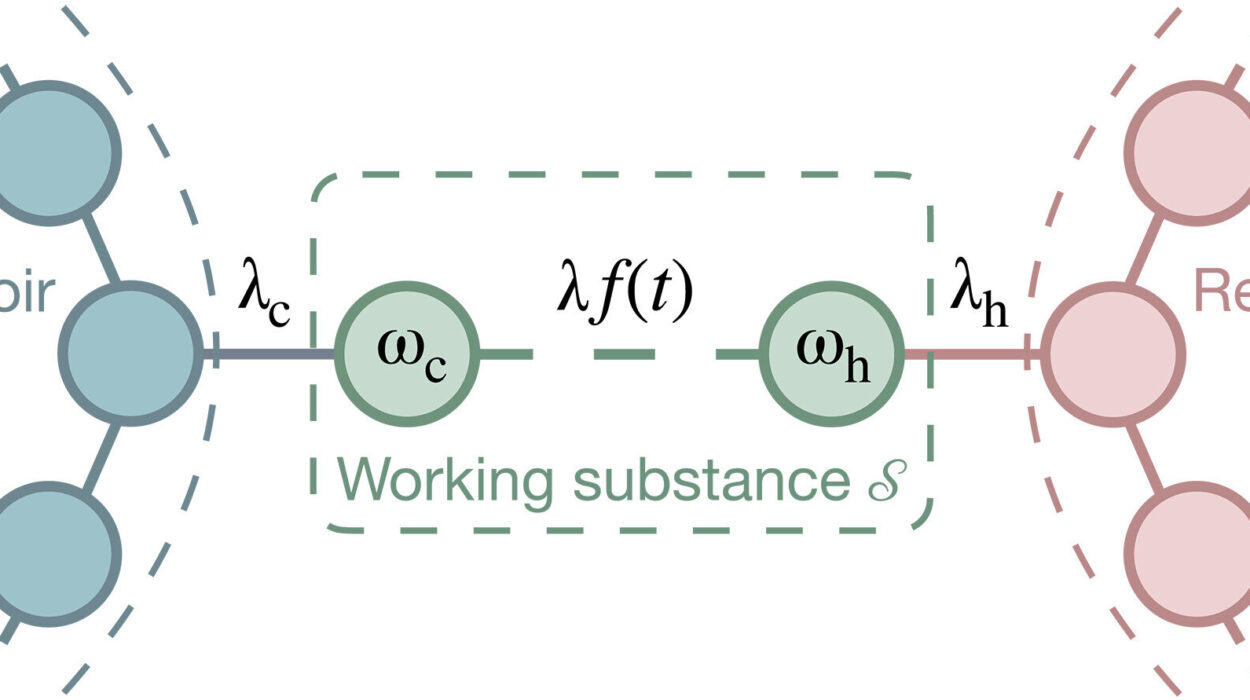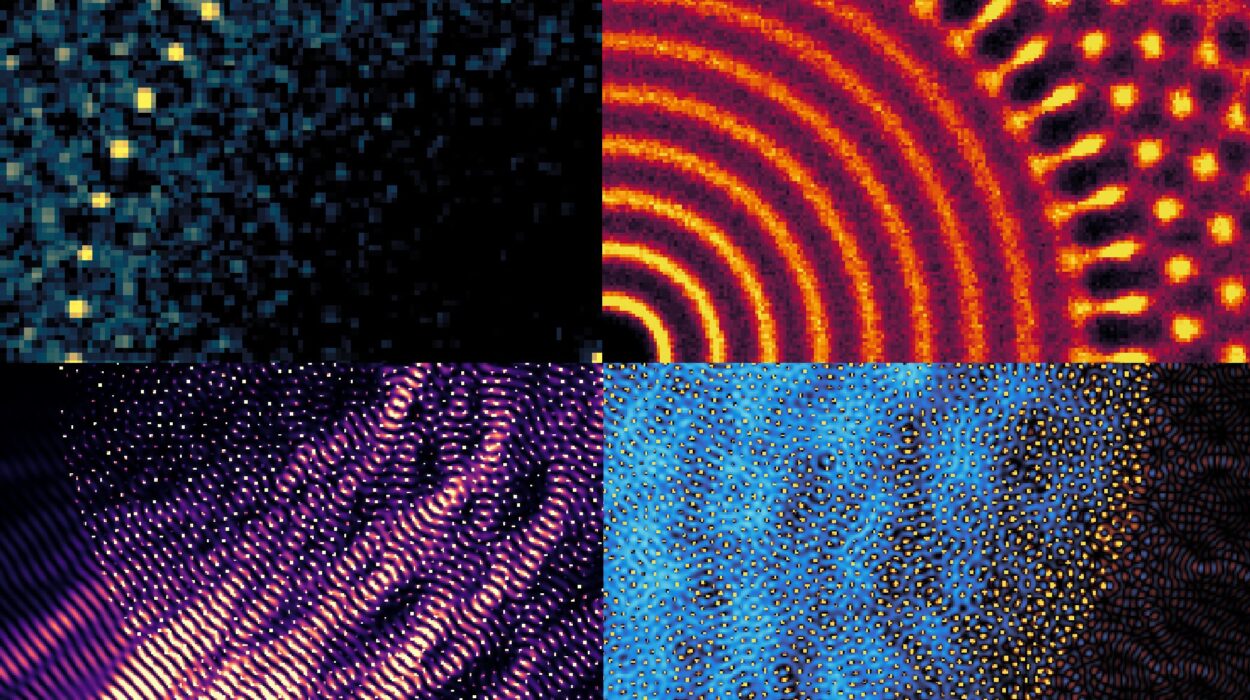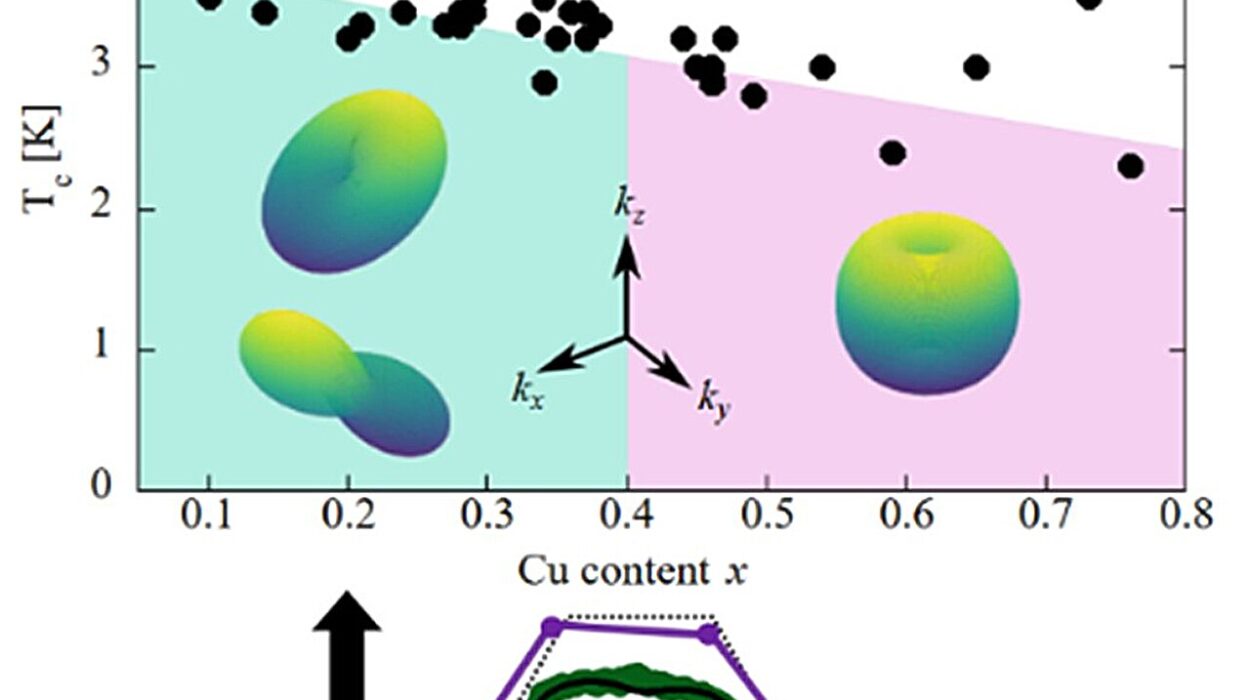In a laboratory humming with photons and precision, a laser beam blinks with astonishing speed—firing bursts of light so brief, they’re measured in picoseconds and nanoseconds. These aren’t the lasers of sci-fi fantasy or laser pointers—they’re the heart of modern industry, powering everything from advanced electronics to life-saving surgeries.
But now, a team of scientists from Shanghai University has taken laser technology to the next level. In a study published in Advanced Photonics Nexus, they unveiled a groundbreaking ultranarrow bandwidth mode-locked laser that doesn’t just produce ultrashort light pulses—it lets scientists tune those pulses like adjusting a musical instrument.
The result? A flexible, low-power, ultrafast laser with tunable pulse durations ranging from 481 picoseconds to 1.38 nanoseconds—the widest tuning range ever reported in a laser of this type. It’s a leap that could transform how lasers are used in manufacturing, medical devices, stealth communications, and beyond.
When Light Pulses Like a Heartbeat
Lasers may appear simple—a beam of focused light—but under the surface, they are a symphony of optics and physics. At the core of a laser is a cavity where light bounces between mirrors, builds in strength, and is emitted as a coherent beam. In continuous-wave lasers, light is released in a smooth, unbroken stream. But for many precision tasks, especially in delicate materials or nanoscale fabrication, short bursts—known as pulses—are far more useful.
Mode-locked lasers create these pulses by synchronizing, or “locking,” the phases of multiple light waves (modes) so they interfere constructively at precise intervals. The result: an ultrafast train of powerful, rhythmic flashes. But there’s a catch—most of today’s mode-locked lasers have fixed pulse durations, determined by the bandwidth of their internal optical filters. If you want a different pulse width, you often need a whole different laser.
That’s what this new research aims to change.
“We’ve created a system where the laser’s pulse width is tunable—without needing to change the laser’s core components,” said Weixi Li, a lead author on the study. “That flexibility is a game-changer for many industries that rely on extremely precise control of light.”
The Power of Carbon Nanotubes and Stress-Tuned Filters
At the heart of this new laser design are two innovations: the use of single-wall carbon nanotubes (SWCNTs) and a mechanically tunable filtering mechanism.
SWCNTs are marvels of nanotechnology—cylindrical carbon molecules with diameters a thousand times thinner than a human hair. These tiny structures make ideal saturable absorbers (SA), materials that control how light builds up in the laser cavity. Their ultrafast recovery time (measured in femtoseconds) and ability to stabilize laser pulses make them perfect for generating clean, short bursts of light.
But the real magic lies in the laser’s unique dual-filter design. The team used a pair of fiber Bragg gratings—optical components that reflect specific wavelengths of light. When these two filters have a small overlapping range of wavelengths they both reflect, they create an “ultranarrow” bandwidth, allowing only a limited number of light modes to pass. The number of modes, in turn, dictates the pulse duration.
By applying mechanical stress to one of the gratings, the researchers could finely shift its reflective range. More overlap means more modes and shorter pulses; less overlap means fewer modes and longer pulses. This simple, elegant solution allowed them to precisely tune the pulse duration across a broad range.
And if they apply stress to both filters? The possibilities grow even wider.
From Diamonds to Data: A Light Source for the Future
Why does this matter? Because different applications demand different types of laser pulses. In semiconductor manufacturing, for instance, extremely short pulses can etch nanometer-scale patterns with atomic precision. In cutting high-purity diamonds, pulse width can mean the difference between a flawless slice and a shattered stone.
Professor Chengbo Mou, principal investigator of the study, believes this laser could become an ideal light source for “laser stealth cutting” of semiconductor wafers and for ultra-precise diamond machining—applications where both power and delicacy are required in equal measure.
“This is more than just a lab demonstration,” Mou said. “We’ve built a simple, scalable laser system that meets the real-world need for flexibility and efficiency.”
Their design also features a long-cavity structure, which lowers the energy requirements and reduces the pulse repetition rate to less than one megahertz. That slower rhythm might seem like a drawback, but in many industrial and scientific settings, lower repetition means less heat, lower wear on materials, and finer control—perfect for high-end precision work.
Numerical simulations backed up the experimental findings, confirming that the laser behaves exactly as predicted across its tuning range.
Lighting the Way Ahead
In the vast world of optics and photonics, innovation often means making the invisible visible—or the impossible possible. This new mode-locked laser doesn’t just fire light; it brings a new level of intelligence and adaptability to a tool that’s already indispensable in modern life.
Imagine a laser system used in brain surgery that can adapt its pulse width in real time to suit different tissue types. Or a device used in space communications that shifts its output based on signal demands. Or a single laser in a factory that can switch tasks without needing to be swapped or recalibrated.
That’s the promise of tunable ultranarrow bandwidth lasers.
And it all comes down to carbon nanotubes, clever mechanics, and a willingness to rethink what’s possible when you control light at the speed of thought.
As lasers continue to evolve from scientific curiosities to industrial workhorses, breakthroughs like this one remind us that even in a field as established as photonics, there is always more to discover—especially when the answers lie in the smallest structures and the briefest pulses of time.
Reference: Weixi Li et al, Pulse duration tunable ultra-narrow bandwidth mode-locked lasers, Advanced Photonics Nexus (2025). DOI: 10.1117/1.APN.4.3.036016






